Retro Replay Review
Gameplay
Nancy Drew: The Phantom of Venice maintains the series’ hallmark first-person perspective, placing you directly in Nancy’s shoes as she navigates the winding canals and shadowy palazzos of Venice. Inventory-based puzzles require careful examination of every clue, while conversational puzzles push you to choose the right dialogue options to extract information from a colorful cast of suspects. The seamless integration of these mechanics ensures that curiosity, observation, and logic are always rewarded, making each discovery feel earned.
(HEY YOU!! We hope you enjoy! We try not to run ads. So basically, this is a very expensive hobby running this site. Please consider joining us for updates, forums, and more. Network w/ us to make some cash or friends while retro gaming, and you can win some free retro games for posting. Okay, carry on 👍)
Although the core structure is familiar to long-time fans—search rooms, collect items, combine tools, and ask questions—the Venetian setting breathes fresh life into the gameplay loop. Unique mini-challenges, such as decoding hidden messages in gondola schematics or piecing together fragmented ledger entries, add depth without straying from the series’ roots. Rewarding progression keeps you engaged, while optional hints provide gentle guidance if you hit a tricky spot.
Interacting with a dangerous crime ring elevates the stakes from your average museum caper. You’ll tail suspects through narrow alleyways, eavesdrop on clandestine meetings, and carefully map out rational deductions to unmask the thief. This sense of stealth and investigation adds an undercover element that breaks up the typical puzzle rhythm and heightens the feeling of being a real detective on the trail of a masked culprit.
Graphics
The visuals in The Phantom of Venice capture the city’s romantic grandeur and lurking shadows with impressive fidelity. Hand-painted backgrounds showcase ornate bridges, misty canals, and centuries-old architecture, evoking an authentic Venetian atmosphere. Subtle lighting effects—like lantern glow reflecting on water—immerse you in environments that feel both beautiful and a touch foreboding.
Character models retain the classic point-and-click charm, with expressive facial animations that enhance key dialogue moments. While not hyper-realistic, the stylized aesthetic fits the series’ tone, emphasizing clarity for clue hunting over photorealism. Textures on artifacts, marble floors, and antique furnishings are crisp enough to encourage thorough inspection, making every location a potential puzzle hotspot.
Cutscenes are used sparingly but effectively, bookending major plot developments and hinting at narrative twists. Transitions between scenes are smooth, preventing any jarring shifts that could break immersion. Even simple animations—like rippling canal water or drifting fog—add dynamic touches that keep the world feeling alive as you explore crime scenes and historic landmarks.
Story
In this eighteenth installment of the beloved series, Nancy Drew receives a summons from the Italian police to investigate a series of high-profile treasure thefts in Venice. Priceless artifacts vanish from secured locations, leaving behind enigmatic clues and whispered rumors of a masked thief. As Nancy delves deeper, she must navigate both glamorous masquerade balls and the seedier underbelly of the city, forming alliances and unearthing secrets at every turn.
The narrative unfolds at a steady pace, balancing thrills with character-driven moments. You’ll meet gallery curators, local gondoliers, aristocrats, and shady black-market dealers—each with motives ranging from greed to revenge. Well-placed red herrings keep you guessing, and plot twists reveal that not everyone is who they claim to be. The story’s focus on Venice’s art and history adds cultural richness, turning every new location into a living puzzle.
Subtle moral dilemmas emerge as Nancy’s investigation uncovers the human stories behind the stolen treasures. Is someone rightfully reclaiming a family heirloom, or simply exploiting the city’s legacy? Such shades of gray add emotional weight and invite players to think beyond “who done it” toward questions of justice, tradition, and the true value of cultural heritage.
Overall Experience
Phantom of Venice delivers a captivating detective adventure that both newcomers and series veterans can appreciate. Its blend of challenging puzzles, atmospheric settings, and a twist-filled narrative creates an experience that feels substantial without overstaying its welcome. The built-in hint system ensures frustration never takes over, while optional challenges offer extra satisfaction for puzzle aficionados.
With a playtime of roughly 10–12 hours for a first run, the game strikes a solid balance between depth and accessibility. Replay value comes from exploring alternative dialogue paths, seeking out all collectible treasures, and experimenting with different problem-solving approaches. The inclusion of a comprehensive journal helps track clues, suspects, and leads, making backtracking both manageable and rewarding.
Overall, Nancy Drew: The Phantom of Venice is a polished addition to the long-running series. Its evocative Venetian backdrop, engaging mechanics, and thoughtful story make for an immersive detective journey. Whether you’re a lifelong sleuth or simply looking for a richly atmospheric puzzle game, this title offers a memorable voyage through mystery, art, and intrigue on the canals of Venice.
 Retro Replay Retro Replay gaming reviews, news, emulation, geek stuff and more!
Retro Replay Retro Replay gaming reviews, news, emulation, geek stuff and more!
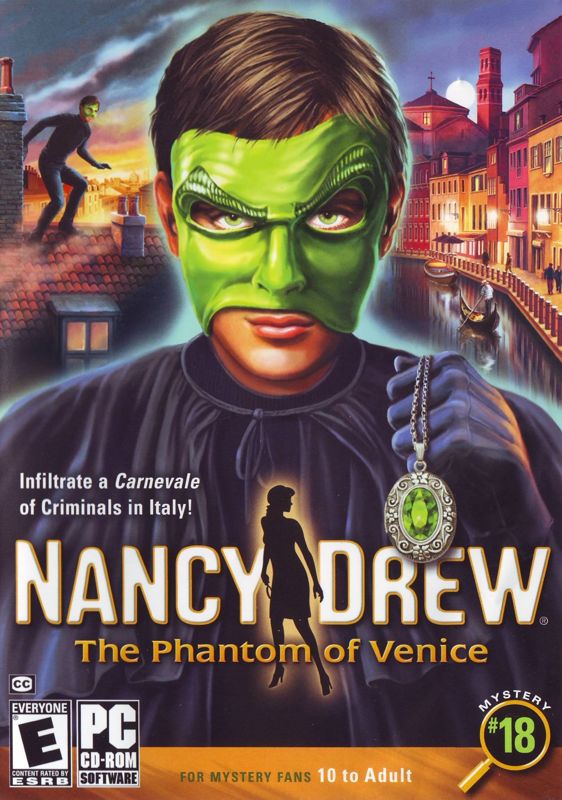
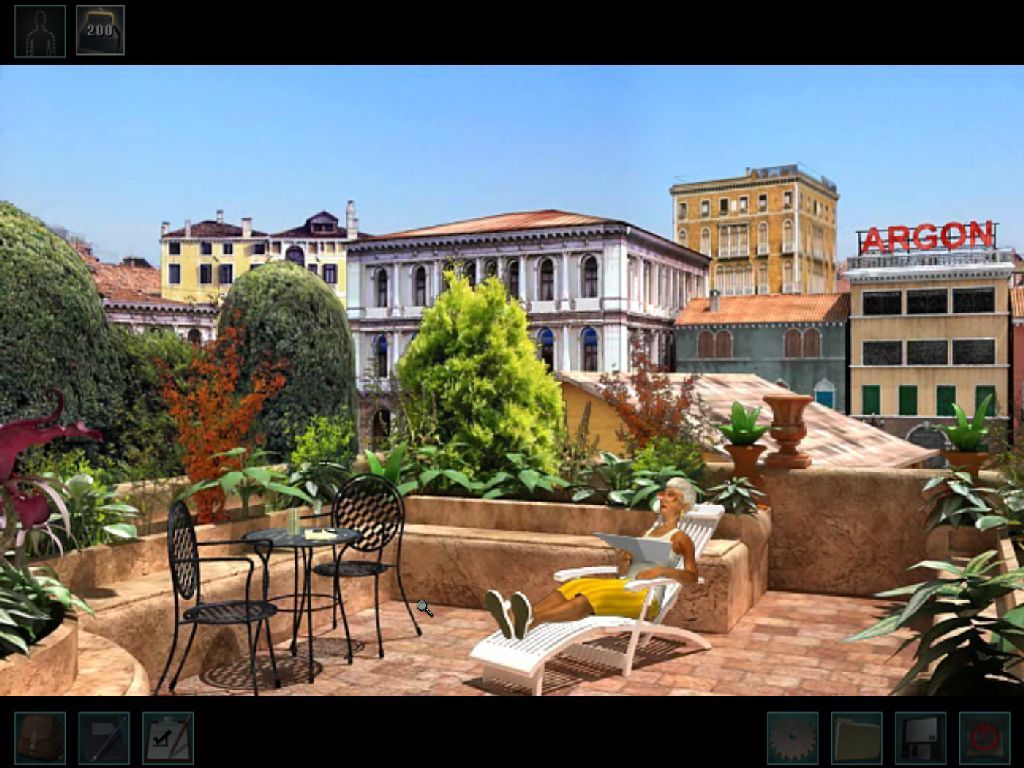
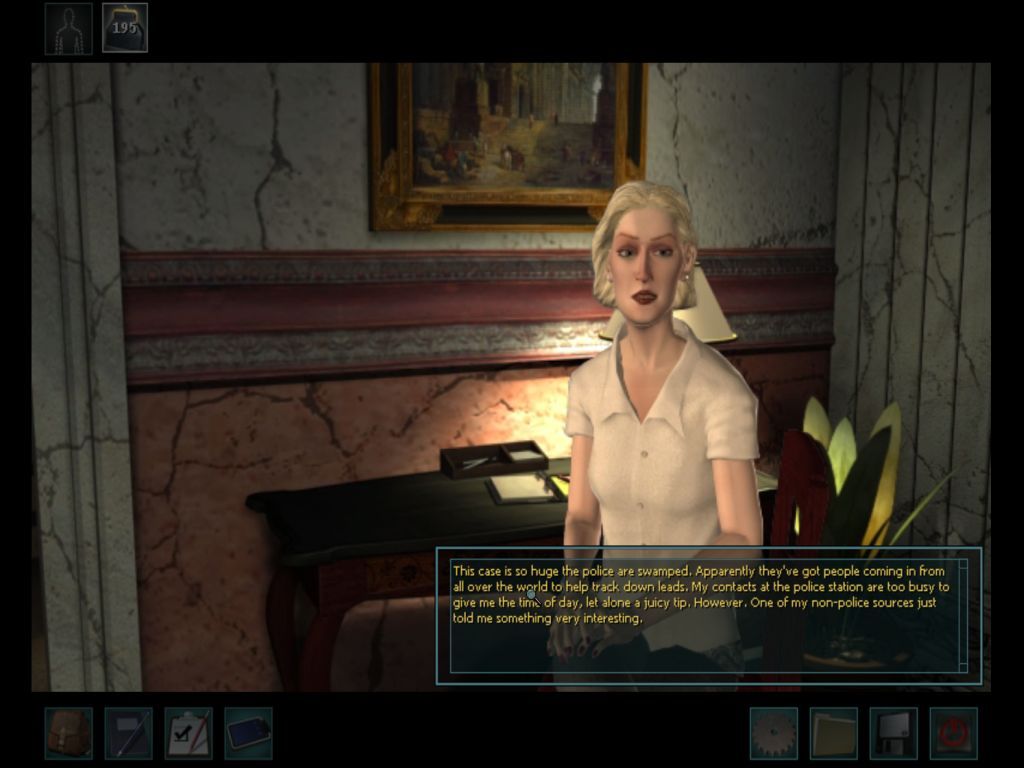
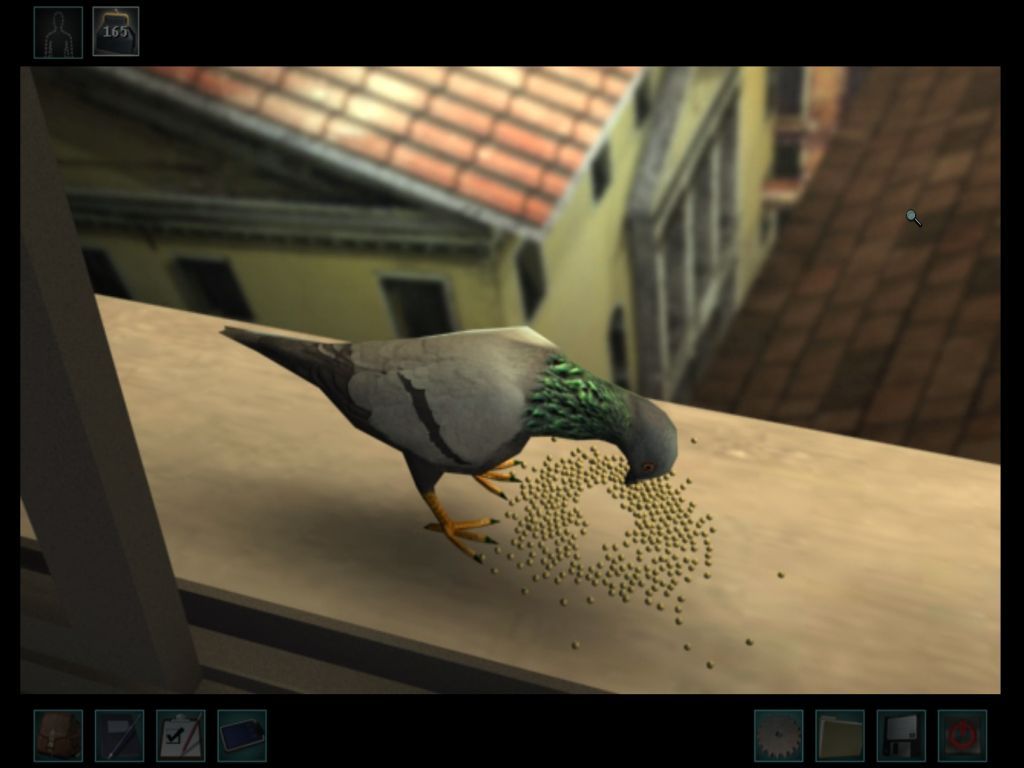
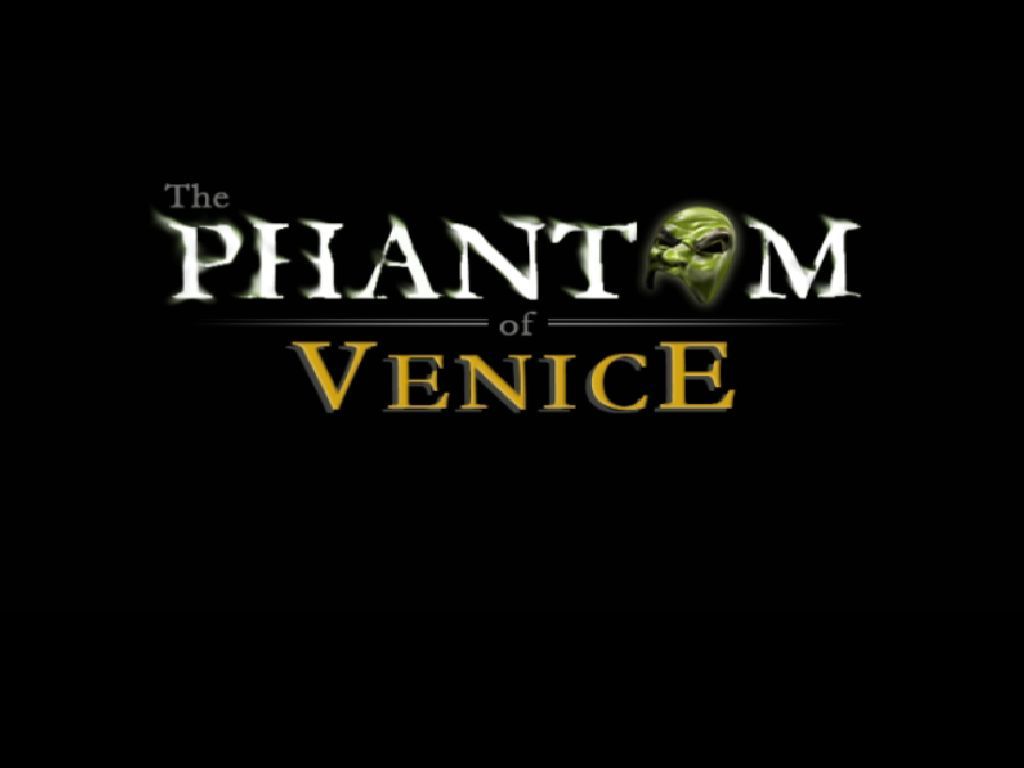
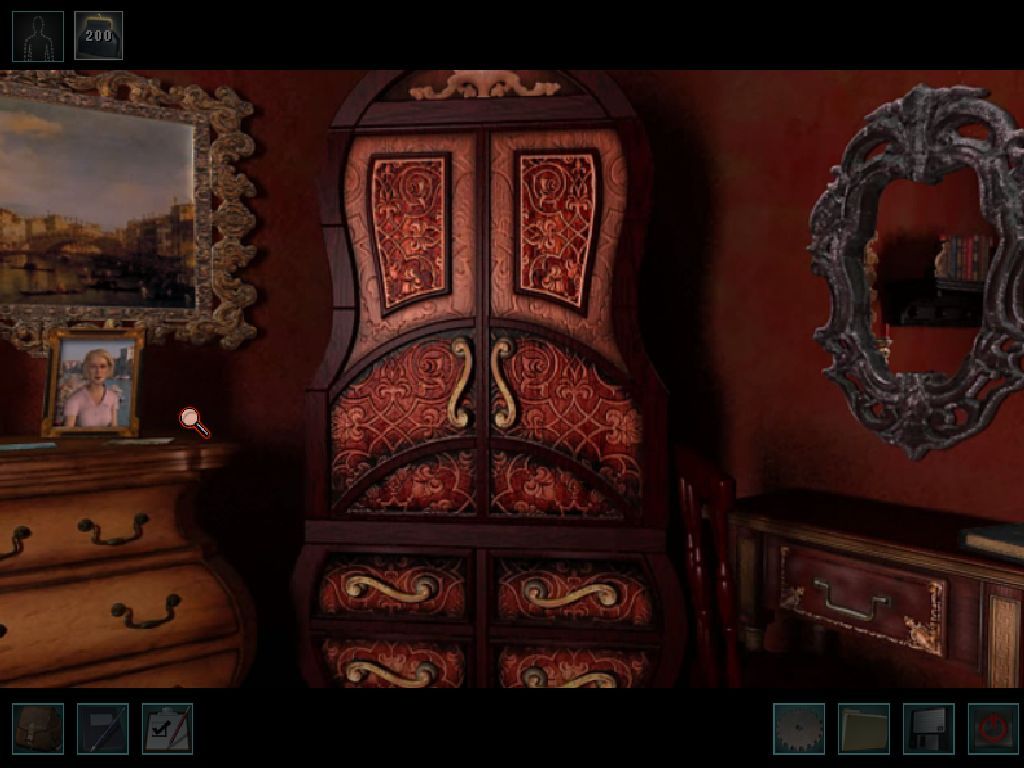



Reviews
There are no reviews yet.